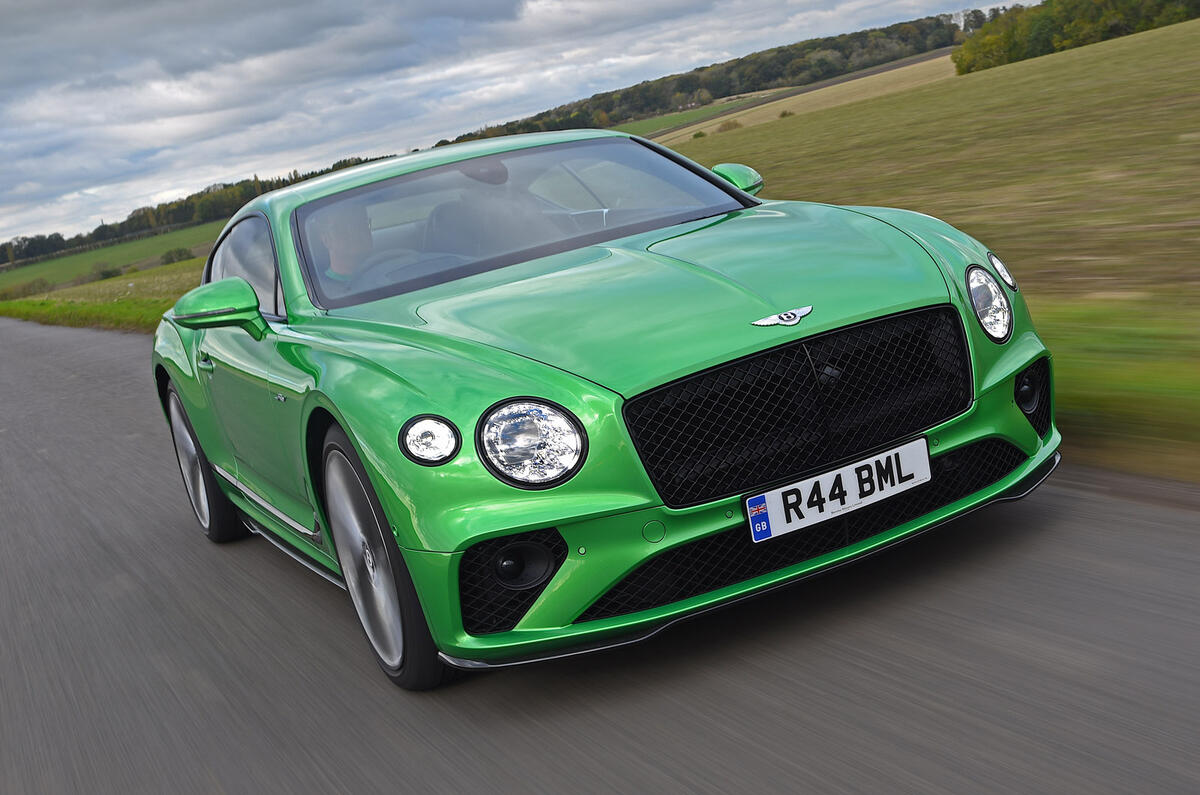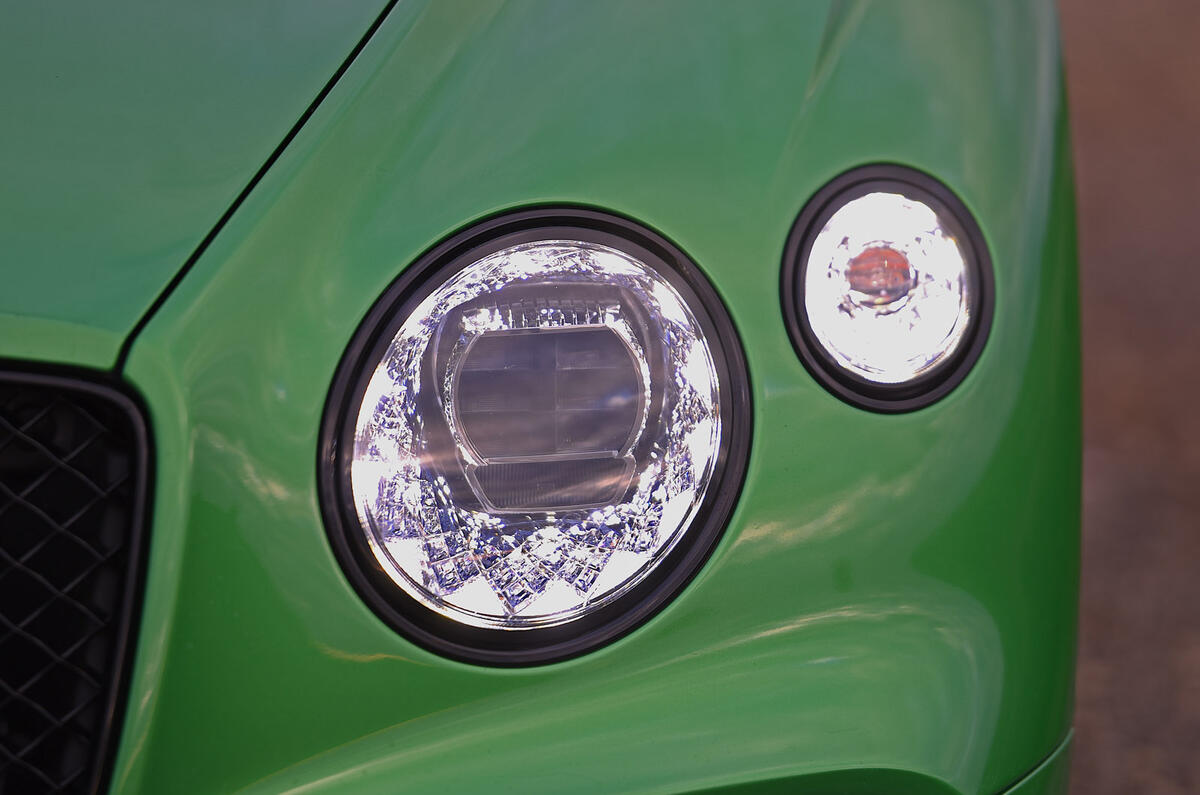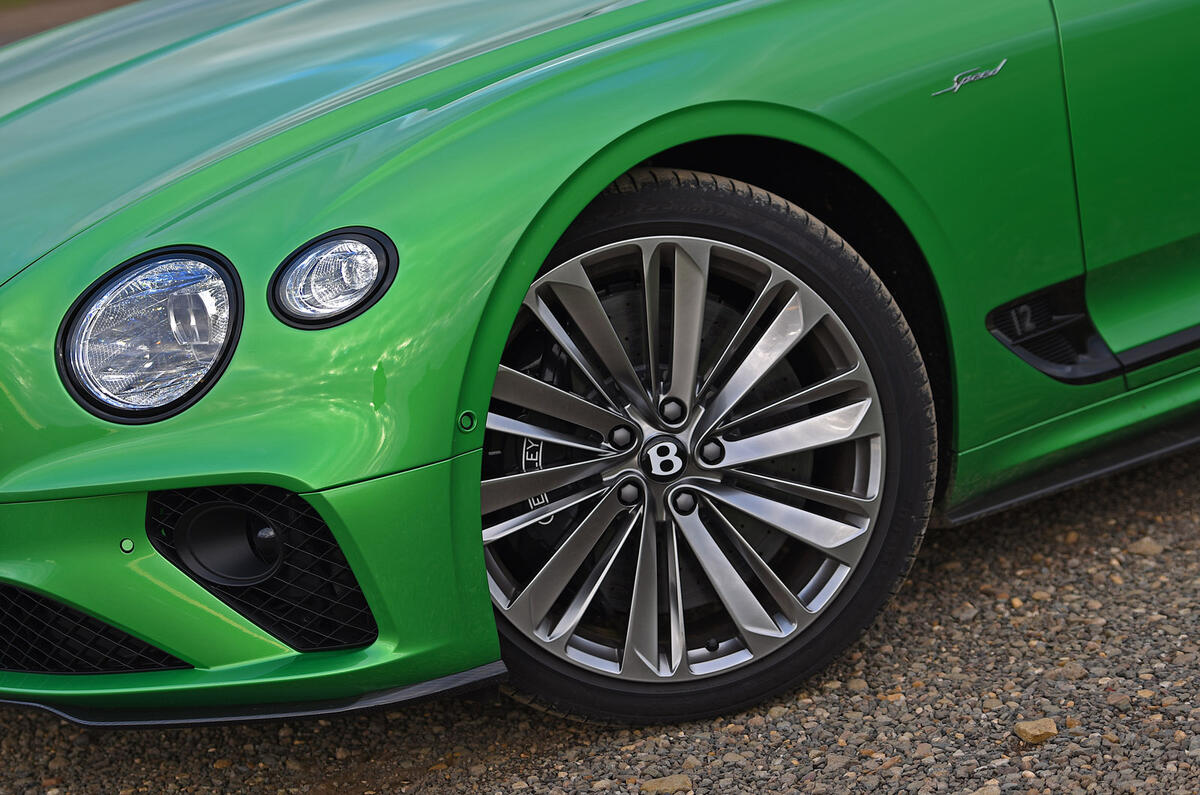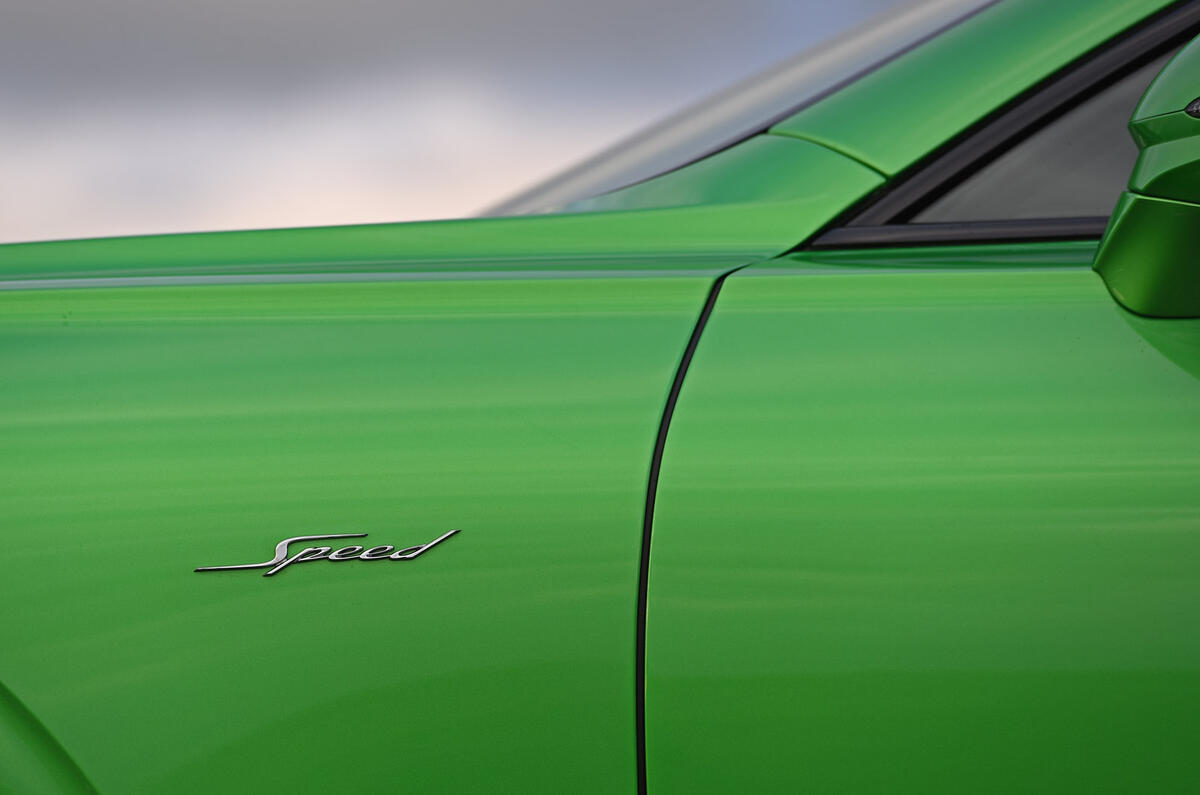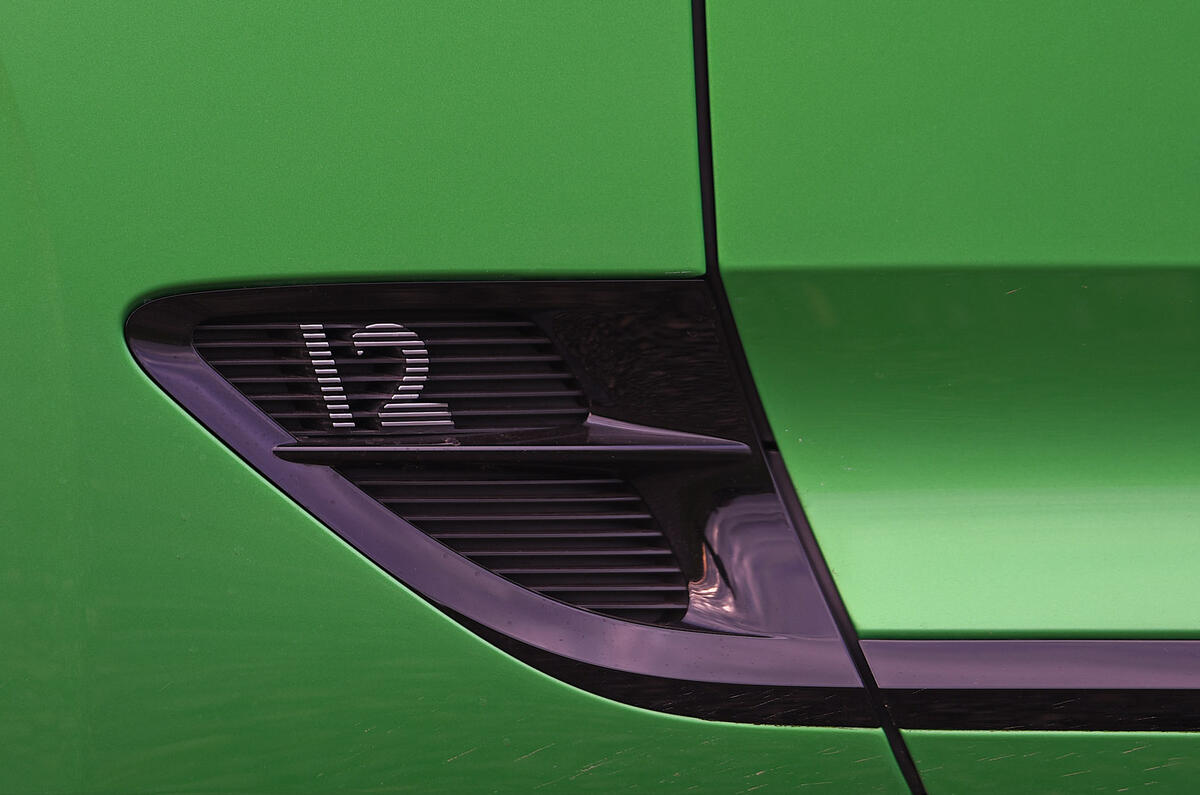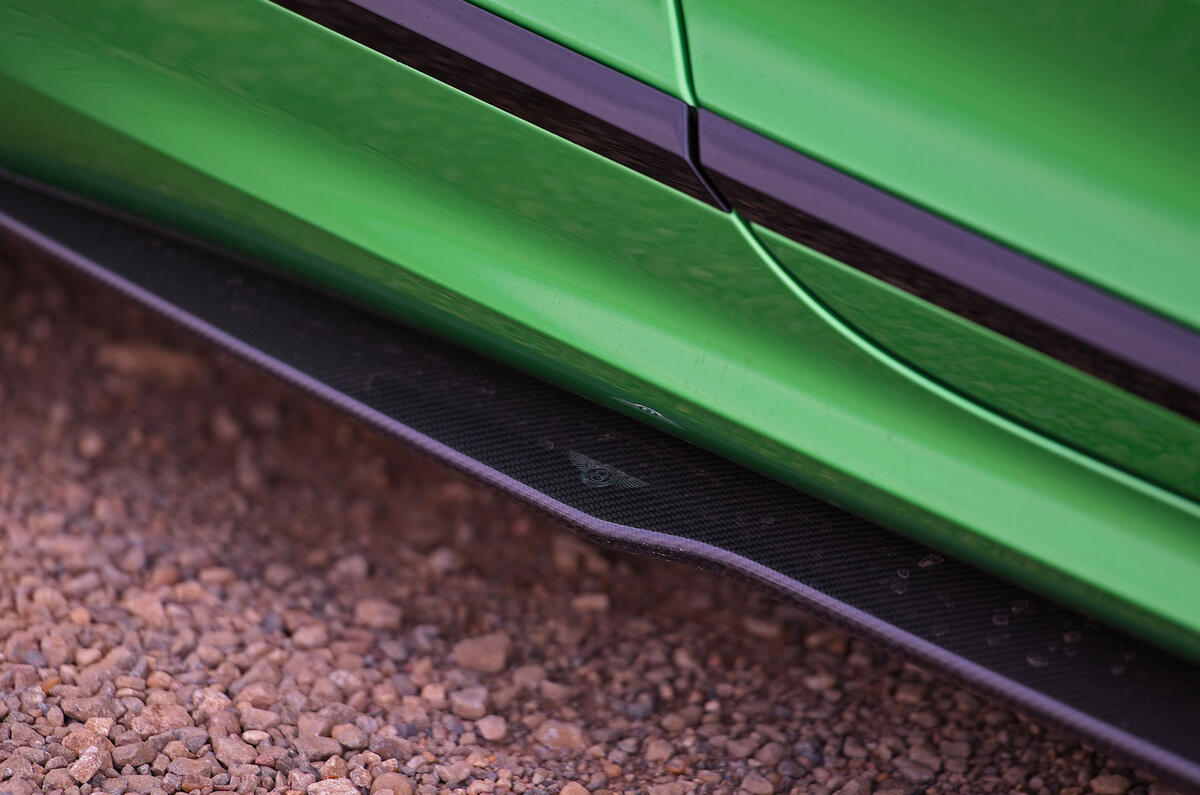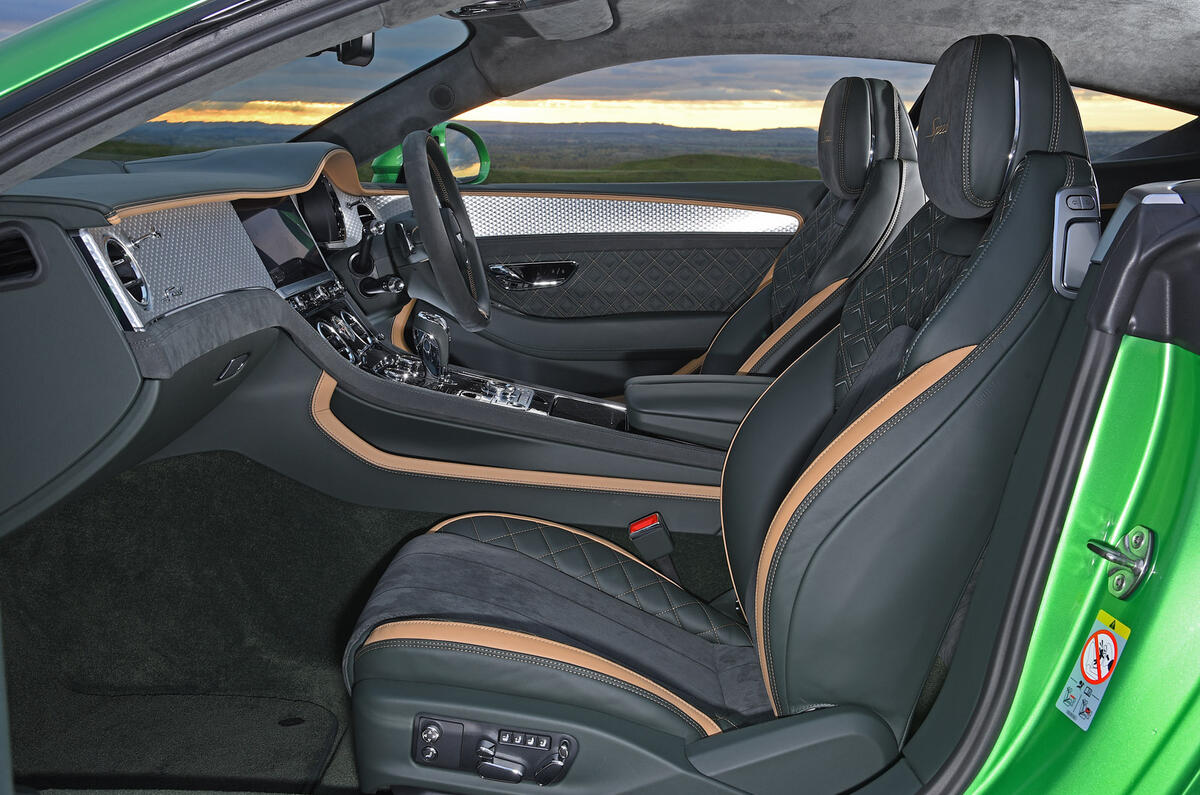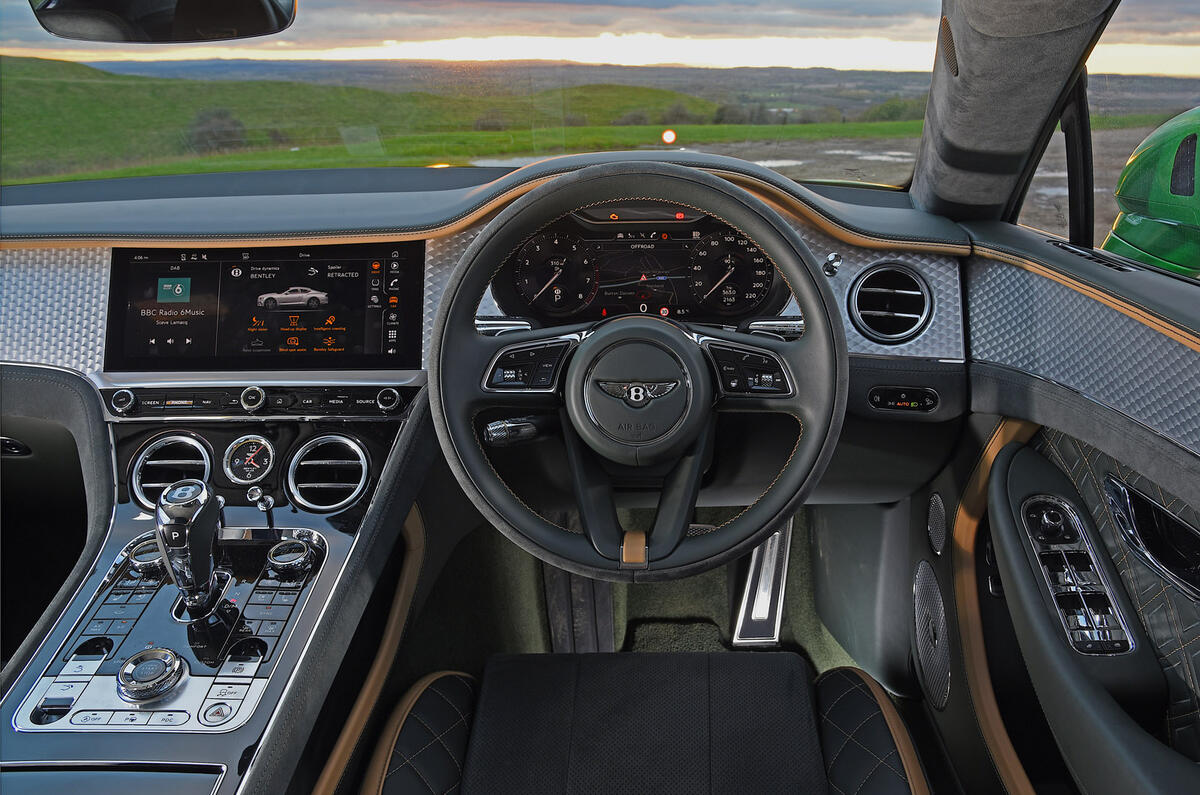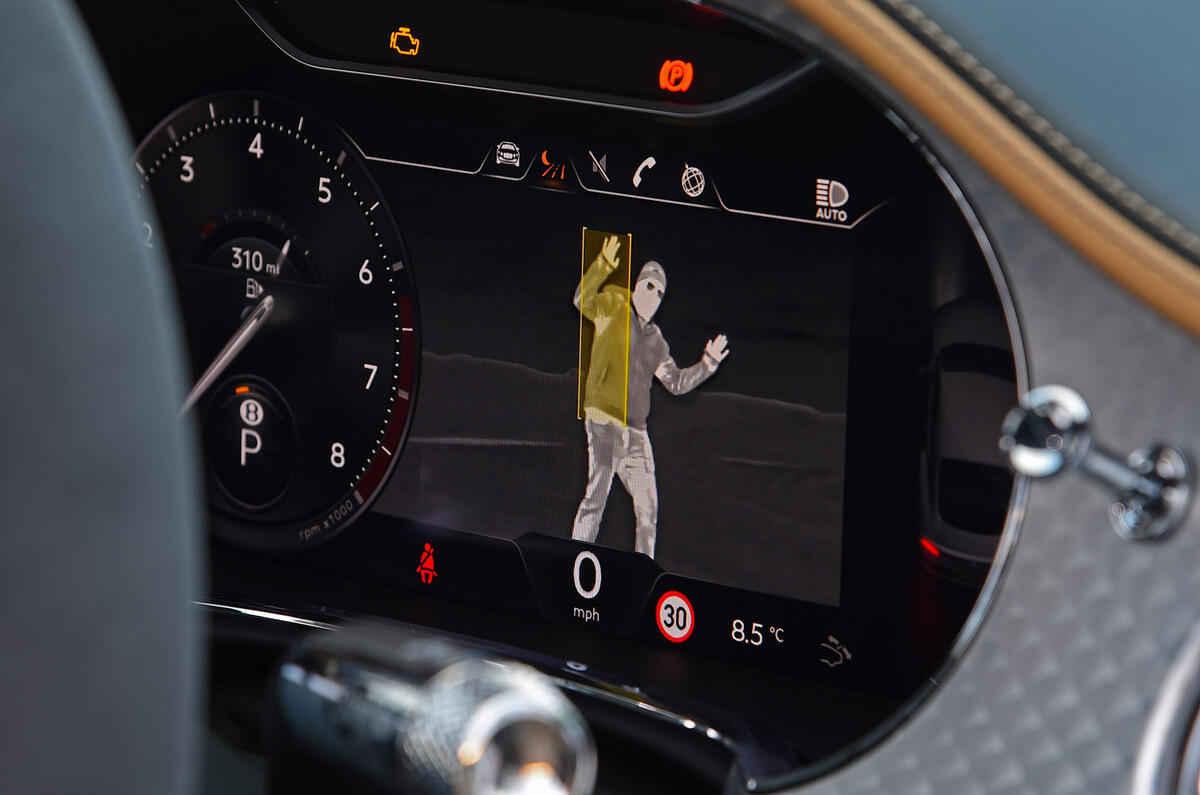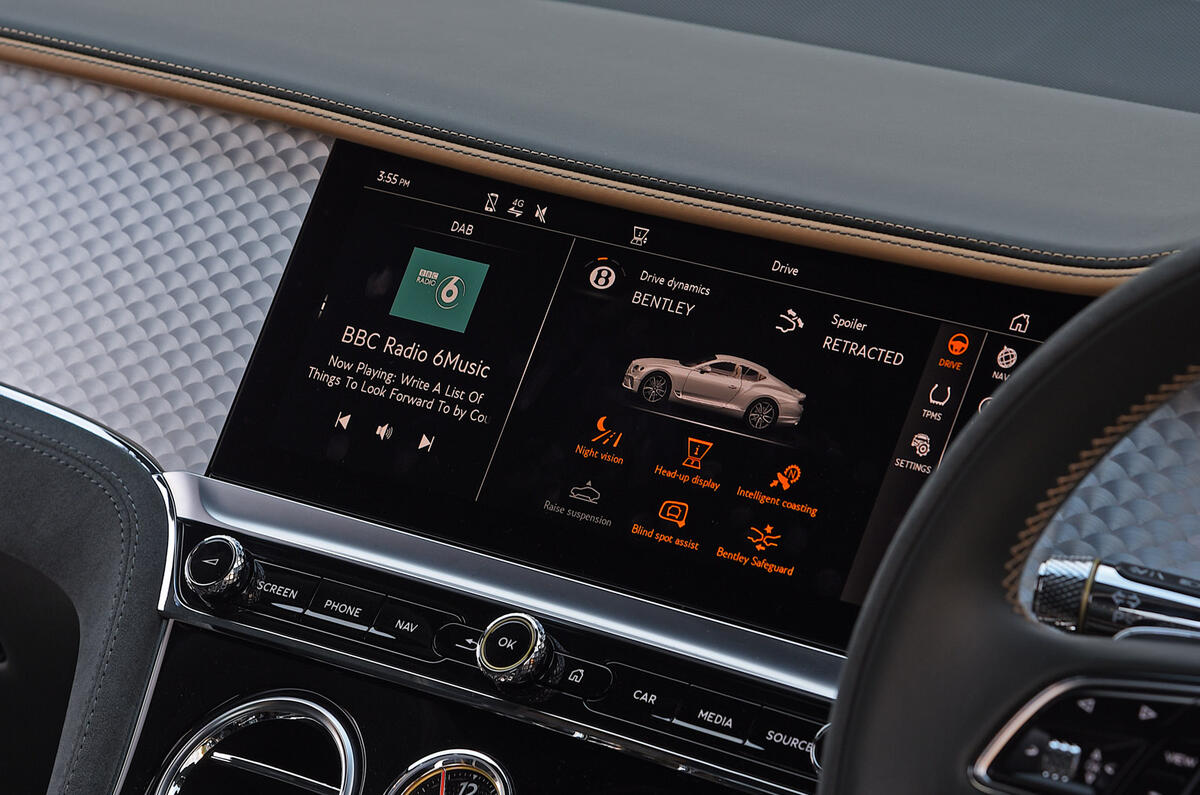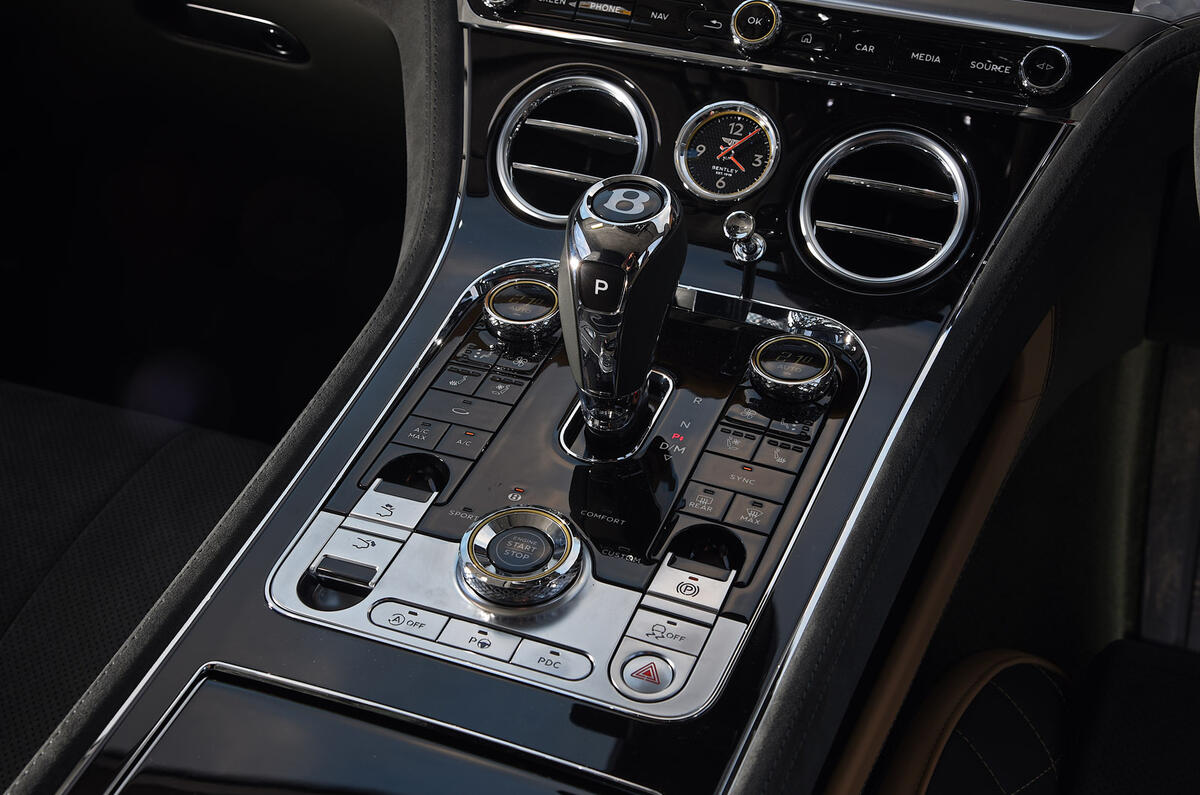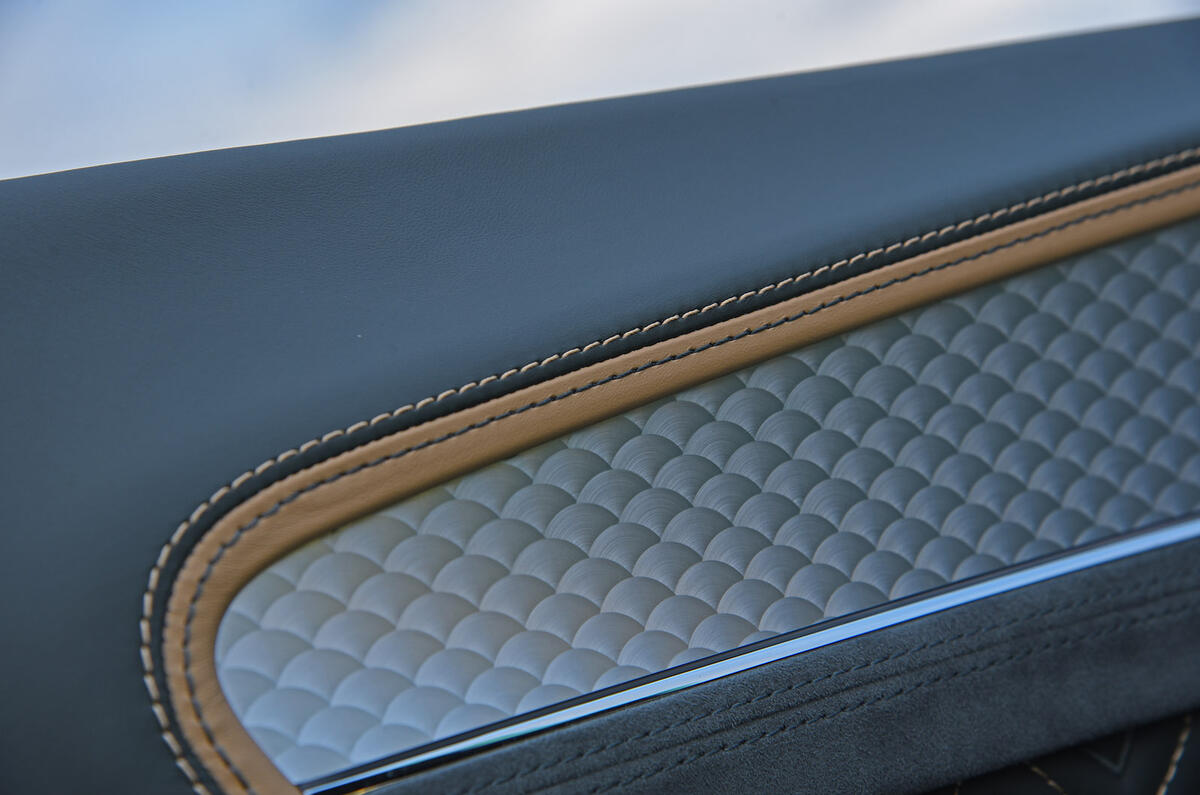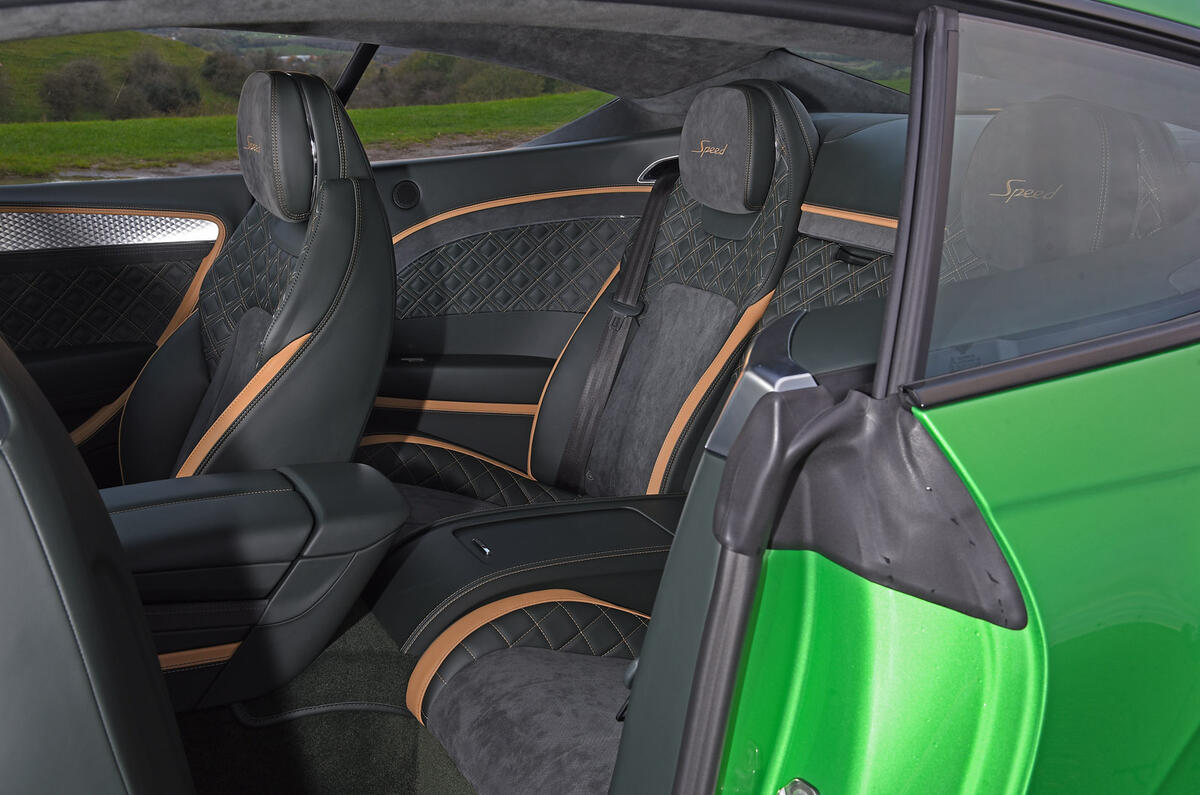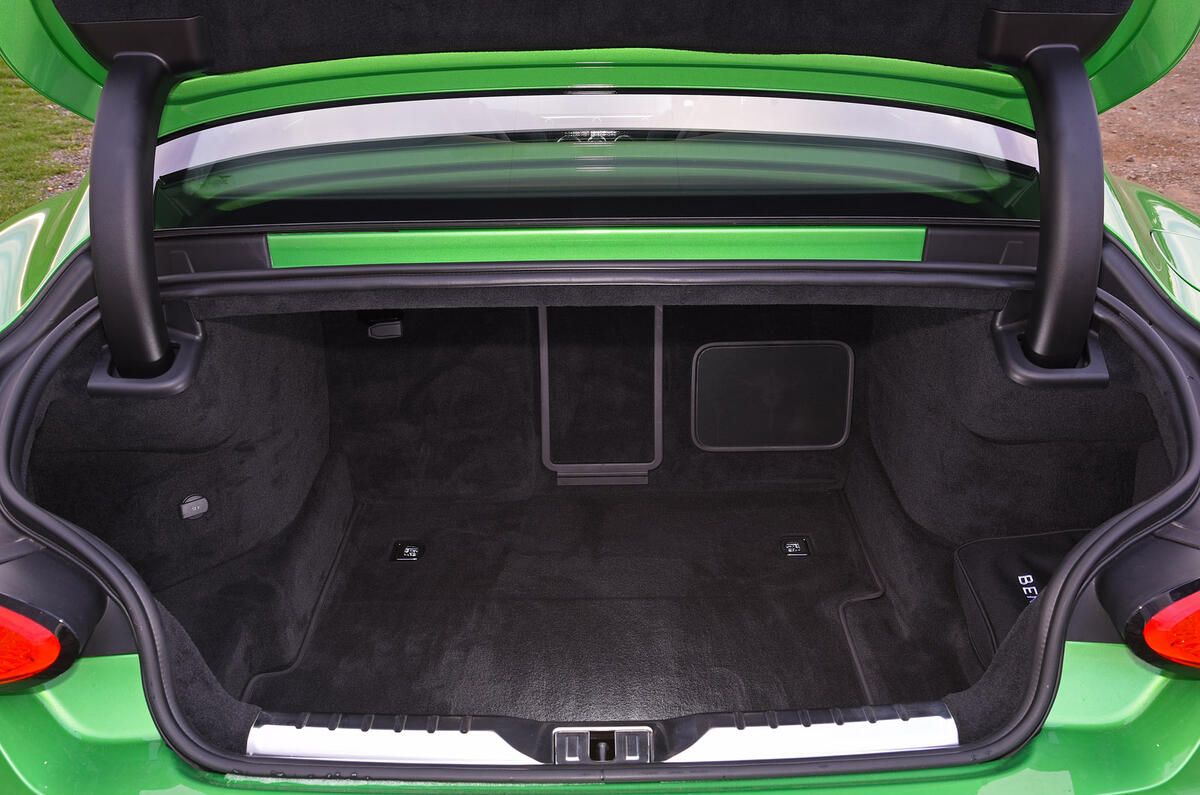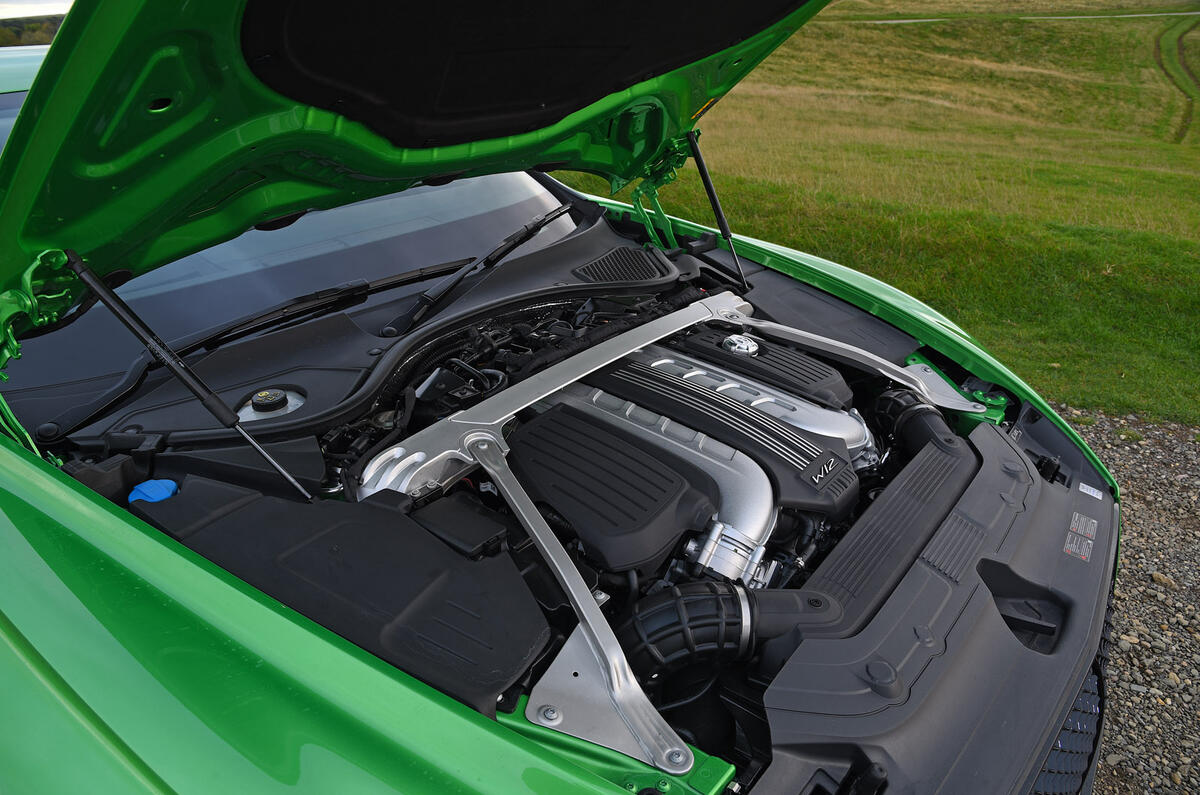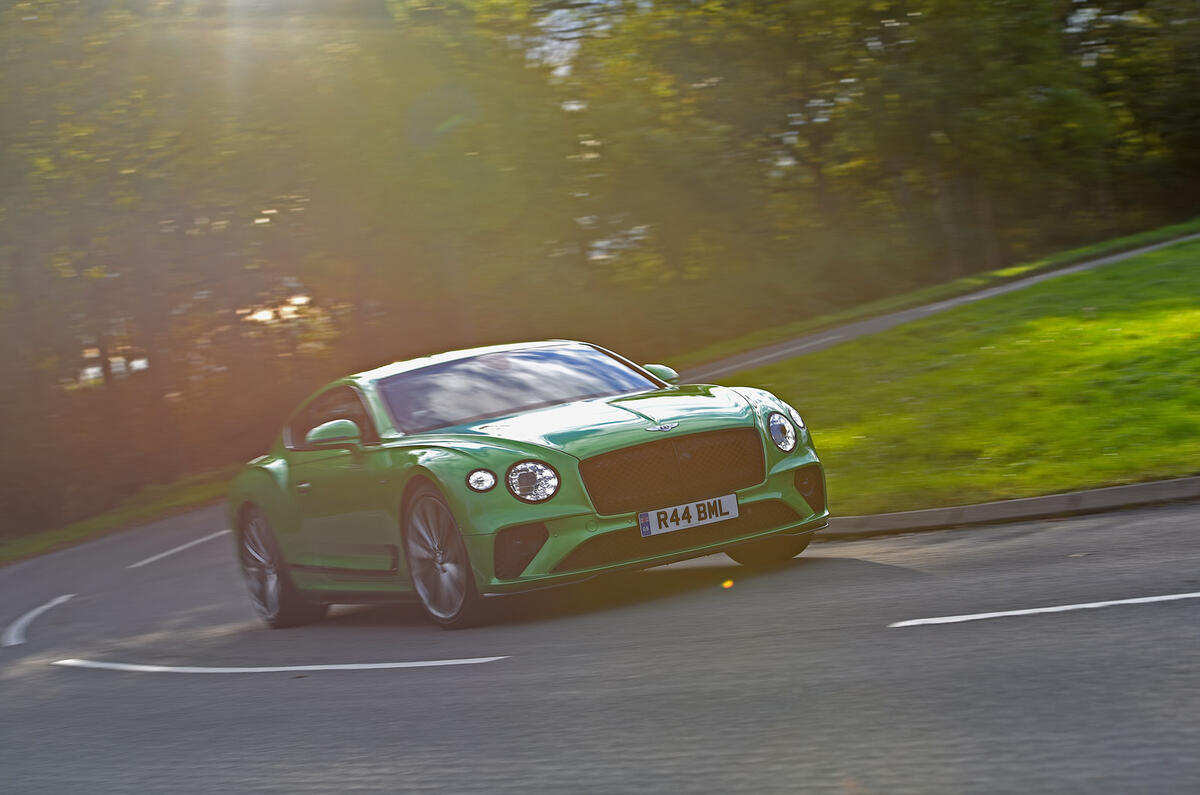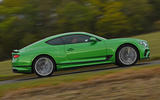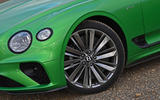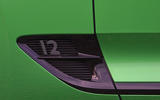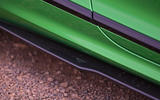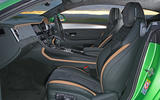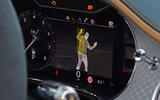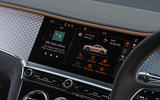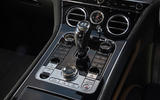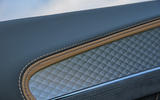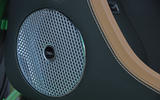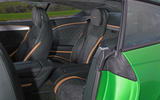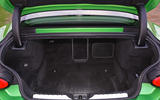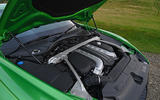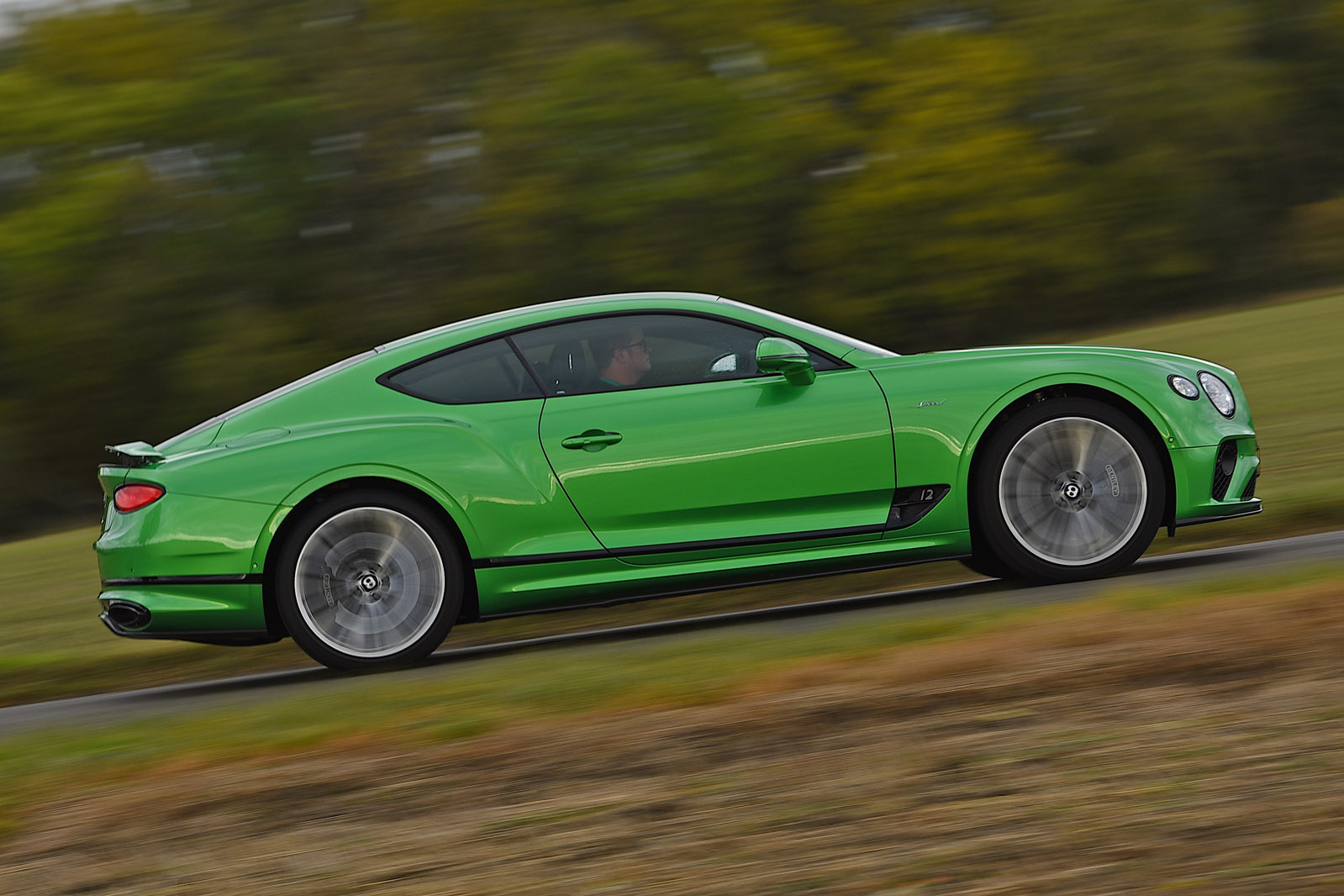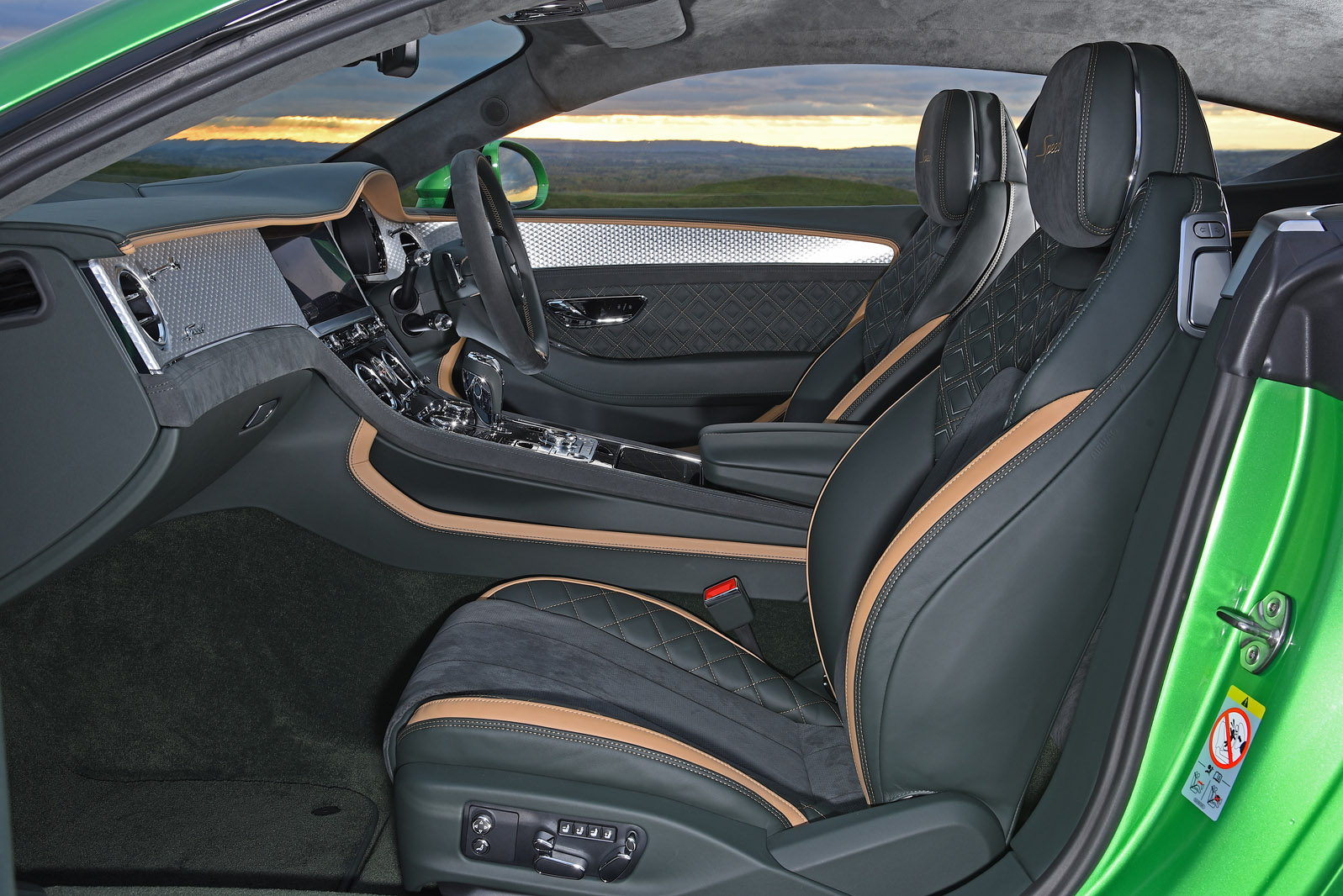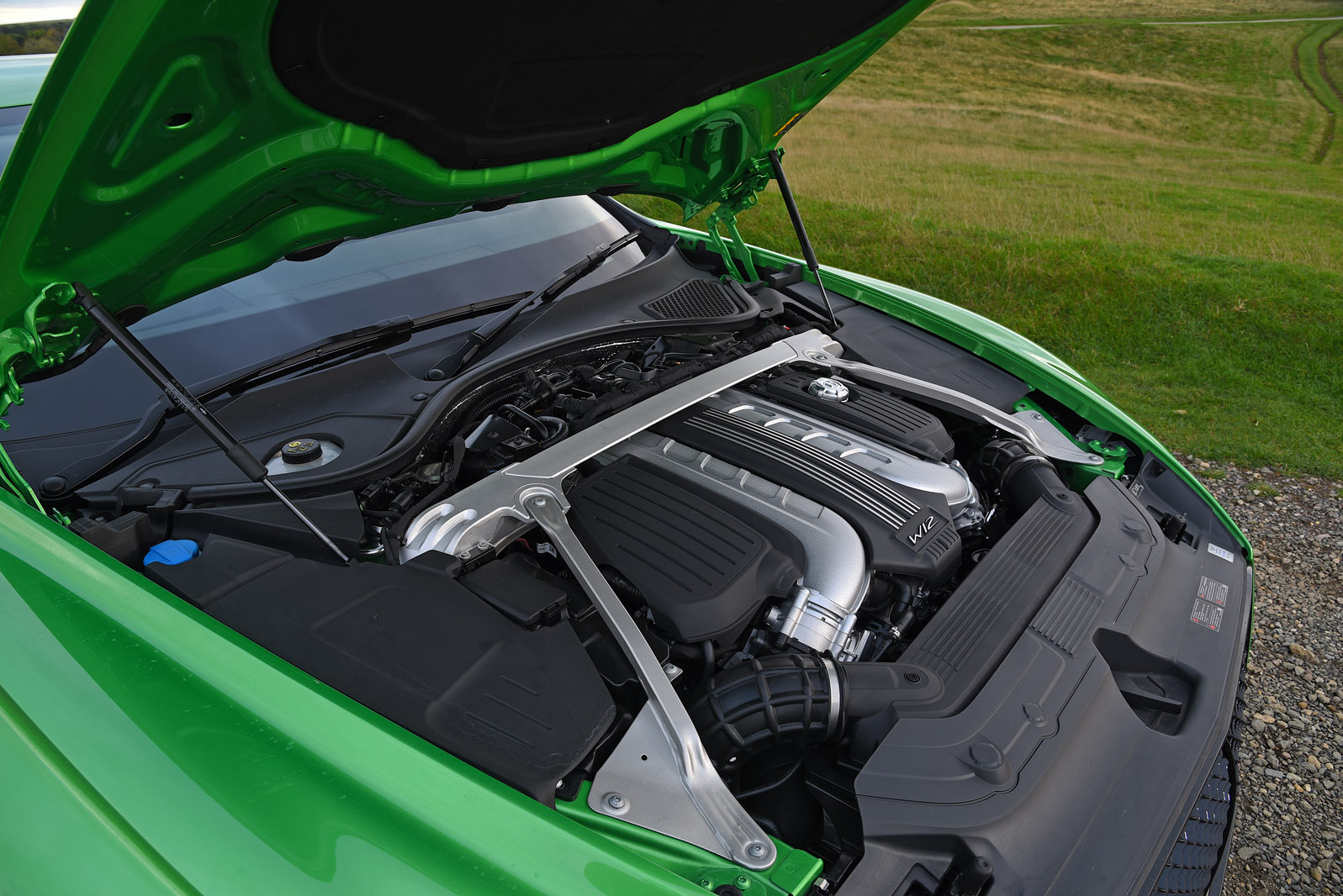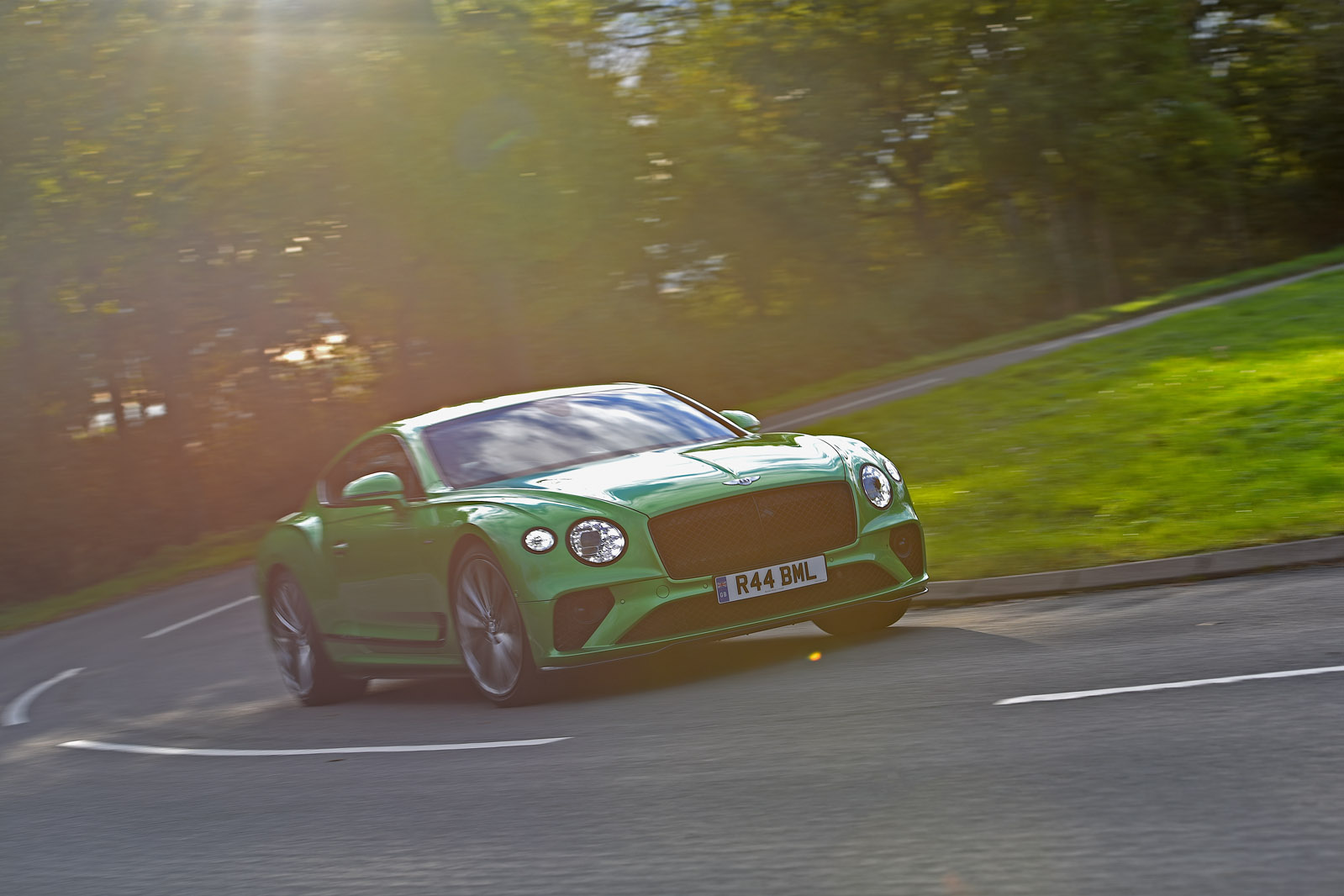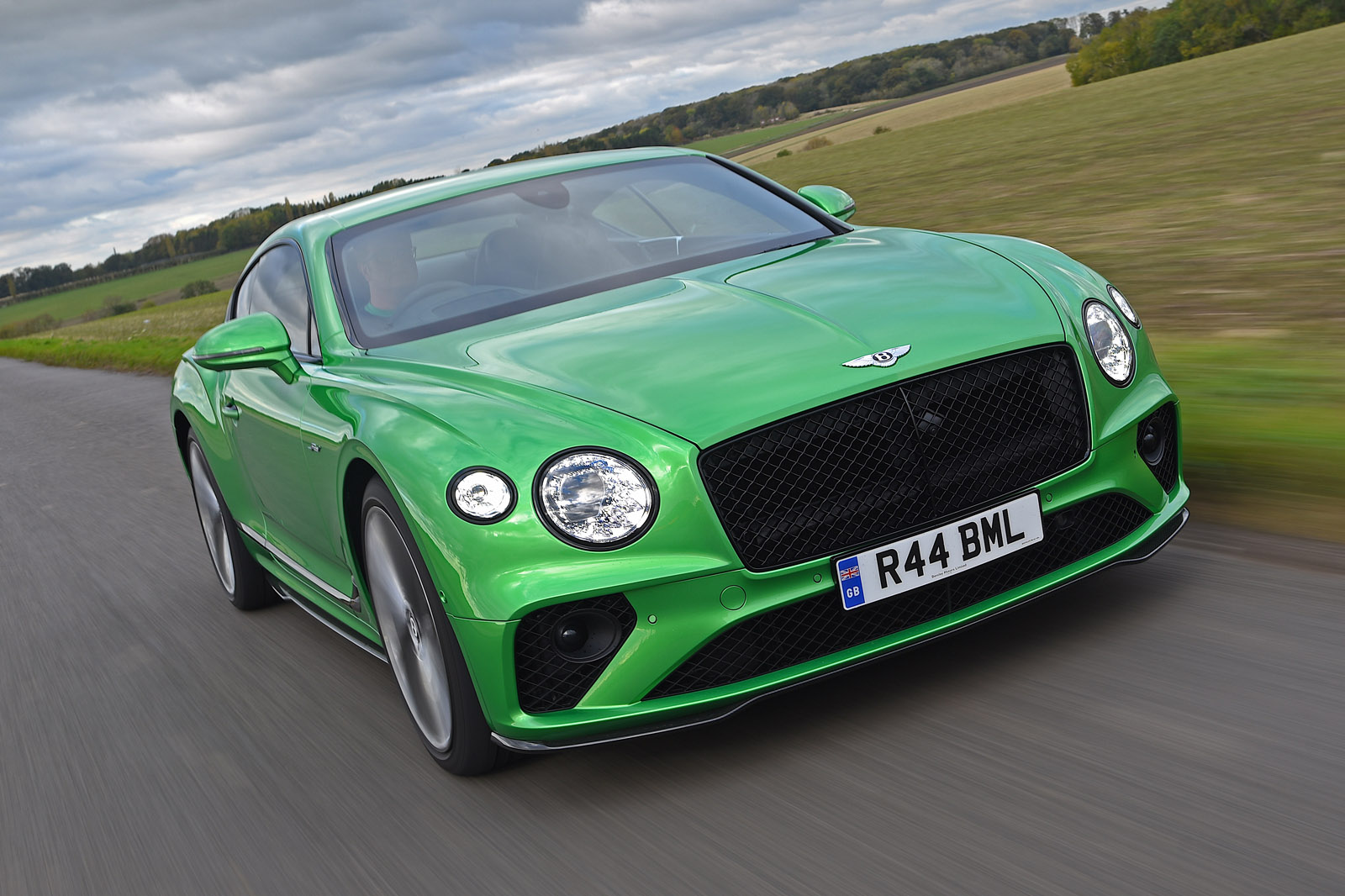The clock is ticking for brands that make big, expensive, combustion-engined luxury cars like Bentley’s new Continental GT Speed.
Long-stated government policy and associated legislation will allow them to continue to sell their petrol-fuelled wares, but public opinion, and the buying behaviour it influences, is a moving target. Depending largely on which zero-emission alternatives arrive, big-emitting fossil-fuelled luxury sports cars may become very hard to sell in key markets well before the UK’s 2030 ban on combustion-engined cars comes into force.
It helps explain why we’re seeing this Speed performance version of the Bentley Continental GT just three years into the third-generation model’s life cycle, when we didn’t see the equivalent in previous generations until years later on. But that time pressure, assuming it was a factor, hasn’t turned this range-topping GT into a rushed effort: the GT Speed adopts chassis technologies never before seen on a production Bentley.
Although slightly less potent than the end-of-the-line, last-generation GT Supersports, it’s lighter than that car, has bigger wheels and brakes, features more specialised driveline technology and, Bentley claims, is just 0.1sec slower from rest to 62mph.
Rather than as some super-luxury Porsche GT-car rival, though, the new GT Speed is positioned simply as the world’s best two-door luxury GT: a car that brooks no compromise on opulent comfort, refinement or usability, but one that takes the GT to new heights for pace, handling dynamism and driver reward. Can that be believed? Stand by to find out.


